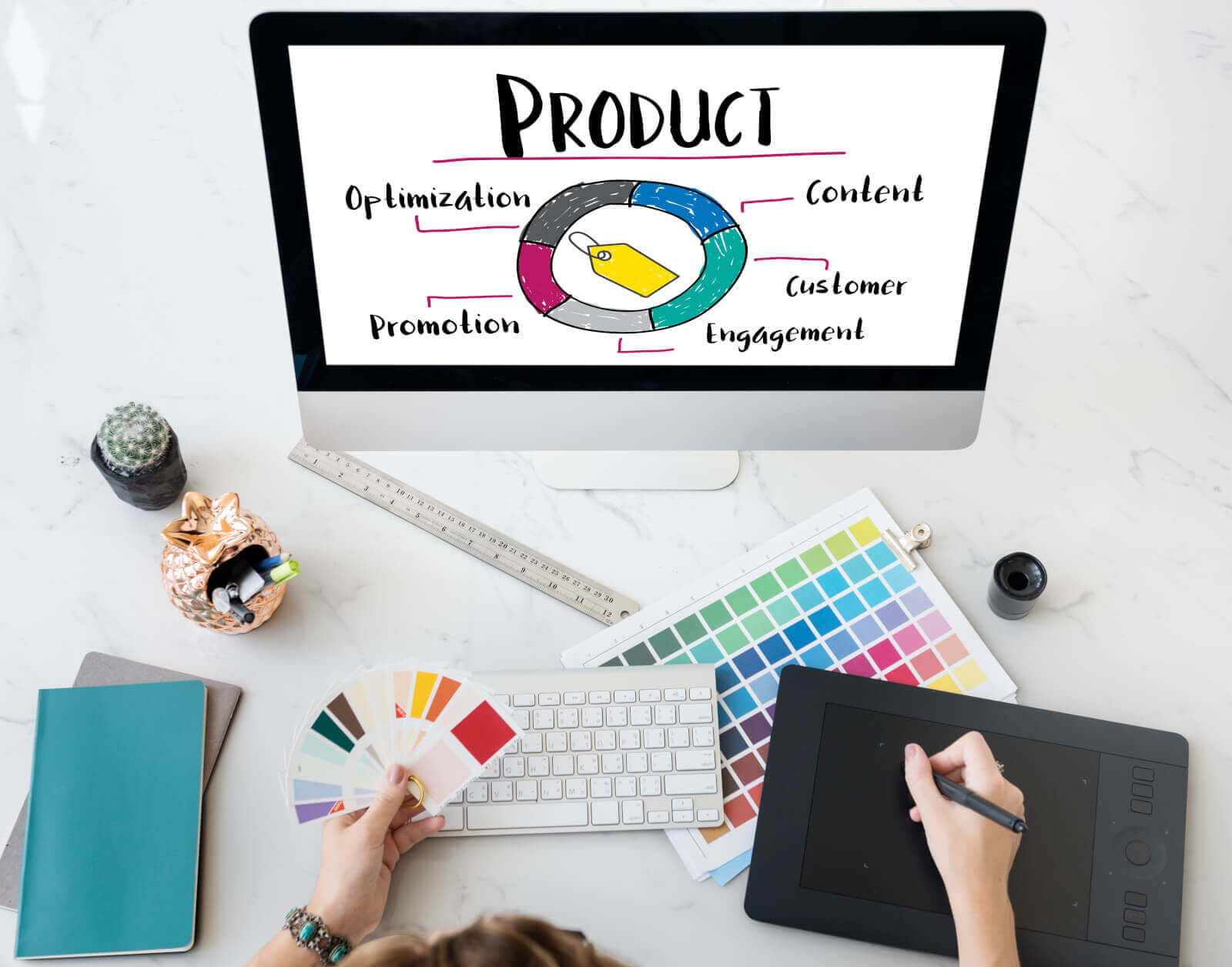How to Market a New Product Using Audience Insights
Your company took a leap, created a new product, and now it’s time to take it to market with a rock-solid product launch strategy that will win the hearts and minds of customers everywhere. That’s the goal, right? But how do you really know that the audiences you’re reaching are the right ones? That the ads you’re using will resonate? That a tagline or packaging is working?
In other words, when it’s the moment for marketing to shine, are you as equipped as you should be?
It may seem counterintuitive, but “how to market a new product” isn’t what you think about at the tail end of the product development lifecycle. It’s an ongoing question that starts much earlier in the process than many companies realize—before there’s ever a minimum viable product (MVP) in hand.
To really market a new product successfully, marketing teams need to form a multi-layered understanding of the target audiences who will be the most receptive to the new product. But to do that, you need to get the insights that are often generated from other teams and/or third-party vendors.

When consumer insights are someone else’s job
The challenge lies in the ability of consumer insights teams and research and development professionals to cross-pollinate with marketing by sharing audience insights early on and throughout each product development phase.
This is not always easy to do, especially if you work in a large, traditional organization with long-standing silos between departments, roles, and data collection. In fact, one study revealed that more than half (55%) of companies are still stuck working in silos, with each team making their own decisions about what to focus on and how to work, hindering cross-department sharing and collaboration overall.
And yet, each product development phase has the potential to reveal unique, in-the-moment customer insights—the kind of true gems marketers can use to develop creative campaigns and personalized messaging to speak directly to customers, which is increasingly important these days for companies to stay competitive and relevant.
Let’s talk about how you can leverage each phase of new product development to uncover valuable audience insights and ensure greater product marketing success—even if you’ve never been involved to this degree before.
Exploration phase: what’s the market opportunity?
The exploration phase of product development is all about identifying the opportunities in the market or with your existing customers and deciding which of those opportunities to take advantage of. This includes exploring particular audience segments to understand:
- Their buying behaviors
- How often they use a product
- The occasions in which they use a product
- Their preferences around ingredients, packaging, or functionality
The findings in this phase help development teams know how to design a product and make sure that what they’re building in the next phase will directly appeal to the target audience(s).
Opportunity for marketers: Some of the best potential for product marketing exists when you can discover and learn about your customers’ unmet needs, which is an important but often overlooked objective that can take place during the exploration phase. Research teams that are able to capture unmet needs can then identify additional subsets of consumers and delve further into their specific attitudes and behaviors. These niche audience profiles offer rich fodder for marketing to develop highly personalized offers and targeted messaging that sell to those needs once the new product launches.
Take action: Ask consumer insights and/or research teams to share any information they’ve uncovered about untapped customer needs. Or, before the exploration phase even begins, put in a request that those teams specifically research unmet customer needs, if possible.
Build phase: what to build and how to refine it
The build phase is where nearly all the heavy lifting in product development is completed, ranging from product concepting to pricing to usage. Research and development teams conduct rounds of testing to understand:
- Which concepts and creative outperform others
- How to refine those concepts and creative
- How to price products
- How to prioritize product features
- How a new product will fare against comparable in-market products in the competitive field
- What kinds of experiences customers are having through beta testing or in-home usage tests (where pre-finalized products are shipped to consumers to use and then document their experiences)
The findings in this phase ensure that the best version of the product will hit the shelves and helps set up product launch and communication strategies.
Opportunity for marketers: Customer language—the words and feelings customers use to describe a product and how it works for them (or doesn’t), along with what they like or dislike about it—is in marketing’s wheelhouse. Concept, creative, and usage testing can all reveal a treasure trove of adjectives, emotions, and other descriptors that marketing can borrow in the next phase to create ads, emails, and offers. These messages are far more likely to “speak to” customers if they use the language customers recognize.
Take action: See if you can listen in on interactions where researchers are actually talking to customers, or ask that the results of any concept, creative, or usage tests be shared with you. Then carefully record what you hear customers saying, and identify any patterns in language.
Communication phase: how to market effectively
The communication phase is where marketing plays its biggest role, by developing campaigns and messaging that reach, engage, and activate the right audiences. Research professionals and marketing teams can work closely together to test:
- Storyboards
- Taglines
- Traditional and digital ads
- Personalized emails
- Other in-store and online communications
The findings in this phase are used to create and deliver targeted messaging as part of a product launch strategy.
Opportunity for marketers: Because the communication phase is already intrinsically tied to marketing, the opportunity lies in taking it a step further: by broadening your customer understanding into areas around media and content consumption. In addition to their likes, dislikes, buying habits, and preferences, knowing when and how best to reach your target audience(s) on the channels, platforms, and devices they use the most is key to making sure your messages are actually seen and heard.
Take action: Work with consumer insights teams to find a research solution that can combine customer survey data with big data points to give you a well-rounded, detailed understanding of consumers’ lifestyles, social media behavior, and traditional vs. digital media consumption.
How to market a new product: lobby for deeper audience insights
Regardless of how your organization is structured, there is enormous importance in marketing being able to collaborate with consumer insights and research teams and helping to ensure that audience insights are central to everyone’s goals.
That’s because part of the inherent value of audience insights is in their complexity—the sheer scope and variety of, and nuances between, consumers’ personalities, tastes, habits, behaviors, and feelings. From this complexity, each team stands to gain a wealth of knowledge that can be used to build far more resonant products and sell them in much more effective ways.
And once the product development phases are complete, don’t discount the value of market testing. Doing a soft launch of your new product in the market provides even more fine-tuned audience insights and feedback. Especially if the feedback during prototype testing was inconsistent or raised some questions about the product’s viability, running an actual in-market test can fill in gaps and create a more detailed picture of resonance with customers than the product development phases may have been able to deliver.
Bottom line: you may not be able to control how product development is conducted at your organization, or the type and extent of insights that are ultimately revealed. But putting the audience at the center of all development efforts means that everyone can benefit from the insights gathered—including marketing.
And staking your claim to a deeper customer understanding throughout the new product development process will give you a strategic advantage as you come up with your product launch checklist and post-launch refinements.
To see a quick example of how a tech company put their audience at the center of the development of a new product, take a look at the infographic below.
Learn how GutCheck’s Persona Connector solution leverages a combination of survey and big data to bring actionability to persona development.
Follow us on
Check Out Our Most Recent Blog Posts
When Vocation and Avocation Collide
At GutCheck, we have four brand pillars upon which we build our business. One of those is to 'lead...
Reflections on Season 1 of Gutsiest Brands
Understanding people is at the heart of market research. Sure, companies want to know what ideas...
Permission to Evolve with Miguel Garcia Castillo
(highlights from Episode #22 of the Gutsiest Brands podcast) Check out the latest lessons from our...
1-877-990-8111
[email protected]
© 2023 GutCheck is a registered trademark of Brainyak, Inc. All rights reserved.
© 2020 GutCheck is a registered trademark of Brainyak, Inc. All rights reserved.



